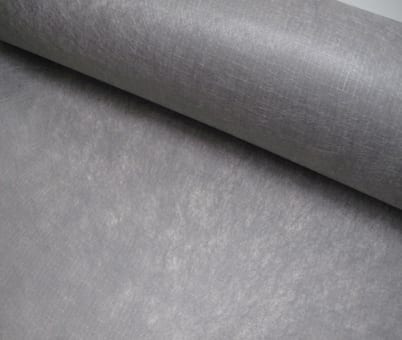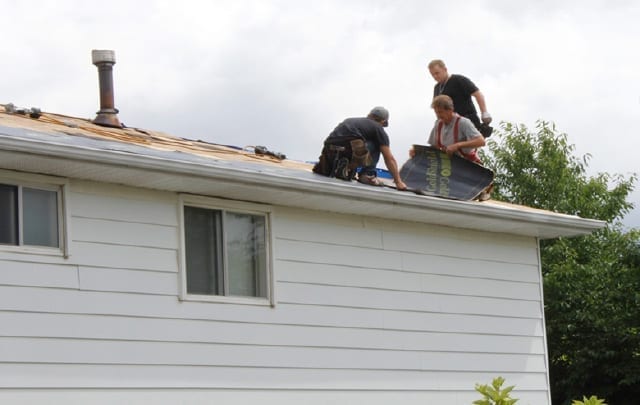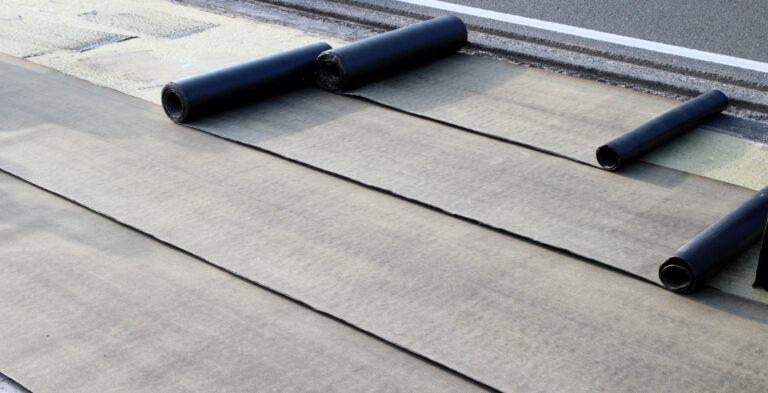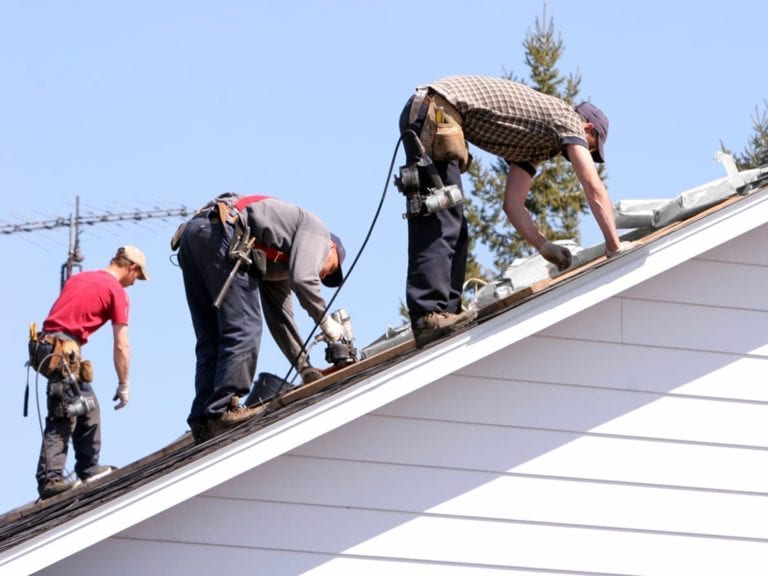The Purpose of Roofing Felt
Table of Contents
- The Purpose of Roofing Felt – is Roofing Felt Necessary?
- What is roofing felt paper?
- Is Roofing Felt an Underlayment?
- What is the Minimum Underlayment for Asphalt Shingles?
- Is Roofing Felt Underlayment Waterproof?
- Why use roofing felt paper?
- When to use roof underlayment
- Which weight is right for your project?
- How much roofing felt do I need?
- Do You Nail or Staple Roofing Felt?
- Can Roofing Felt be Glued?
- Can you Install Shingles Over Felt that has Frost or Snow?
The Purpose of Roofing Felt – is Roofing Felt Necessary?
Have you ever approached a roofing project and wondered: is roofing felt necessary?
For more than 25 years organizations such as the National Roofing Contractors Association (NRCA) have included roofing felt in their roofing and waterproofing recommendations. It is also a requirement under many building codes.
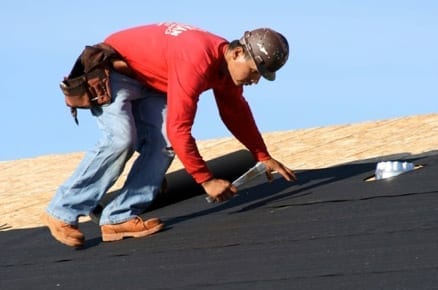
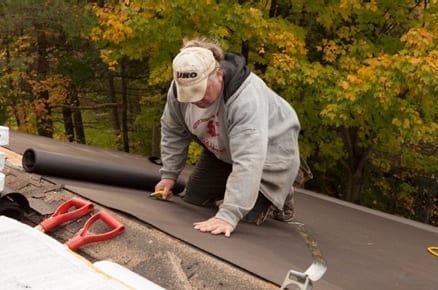
Read on to understand the purpose of felt paper on roofs, and how this product will add an integral layer of protection to your roof – and your residence.
(Working on a commercial roofing project? Visit IKO’s Commercial Roofing section to learn more about our commercial roofing membranes, and related products and accessories.)
What is roofing felt paper?
Sometimes called roofing felt underlayment, roofing tar paper, or roll roofing, this is a layer of protection installed between the roof deck and the roofing shingles.
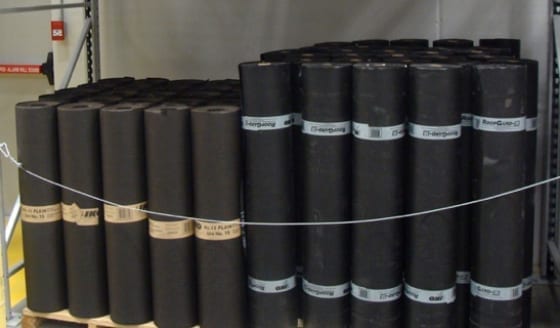
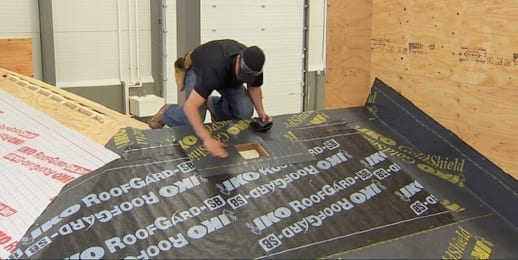
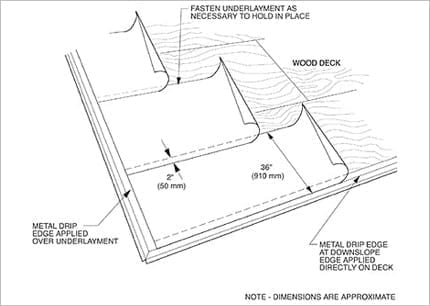
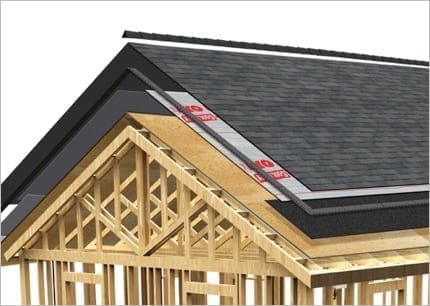
Roofing felt is comprised of a base, made from natural materials (such as wood cellulose) or synthetic ones (such as fiberglass or polyester), and then coated or saturated with a protective coating such as bitumen (asphalt), which repels water but still allows the product to breathe.
Is Roofing Felt an Underlayment?
Roofing felt is an underlayment. At one point, all roofing underlayments were made of felt. However, there are now synthetic underlayment options.
What is the Minimum Underlayment for Asphalt Shingles?
All roofs have underlayment. At a minimum, a roof with asphalt shingles should be completely covered with one layer of underlayment. Roofers may consider adding layers of underlayment for superior protection, which is especially useful on low-pitch roofs.
Is Roofing Felt Underlayment Waterproof?
Roofing felt can shed water. This property helps it provide additional water protection, which is one reason it is an important part of a roofing system. However, roofing felt does not offer the lowered moisture permeability characteristics of synthetic underlayment.
Why use roofing felt paper?
Roofing experts have discovered that adding a layer of protection between your structural roof decking (the layer of wood that covers your rafters) and your roof shingles helps create a better-looking and longer-lasting roof. In fact, there are a number of important ways roofing felt not only protects your roof, but also your residence. For example:
- It repels water Wind-driven rain or snow can trap water under your shingles, putting your roof deck and inner residence at risk of moisture damage, leaks, rot and mold. Roofing felt helps ensure the water drains off the roof – and doesn’t leak into your home.
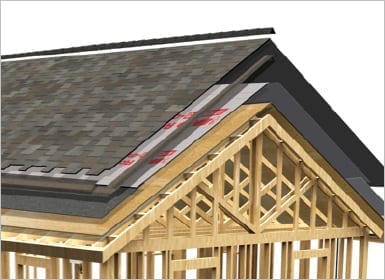

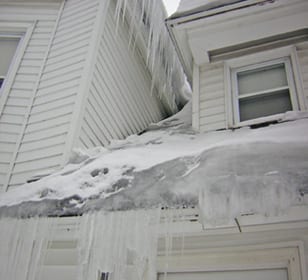
- It provides backup protection in the event of ice or water damage
In northern climates, ice or snow dams are another common cause of residential water damage. When the heat from your home melts snow or ice on your roof, the water can then seep into your roof’s nooks and crannies and ultimately into your residence, causing damage to ceilings, walls, or insulation. Your best protection against an ice dam is an ice and water protection membrane which can seal around the shanks of the roof fasteners for a leak-resistant fit. However, roofing felt offers additional protection against leakage, providing an extra layer of water resistance. - It provides extra weather protection
Although your shingles are your roof’s first line of defense against the elements, having a backup layer of weather protection underneath helps extend the life of your roof deck. And, in the event of a major weather event that breaks your shingles loose, the roofing felt guards your wood deck against rain and water until the shingles can be replaced. - Roofing felt may be necessary for use with your shingles to meet a Class A fire rating
When shingles are evaluated for their fire ratings, it is done on a small test deck with the roofing felt underlayment in place – without this underlayment, the shingles alone may not meet the Class A fire requirements. Be sure to choose felt underlayments that are approved and compatible with the overlying shingles and therefore comply with building codes. Look for industry standard compliances such as ASTM International or Canadian Standards Association (CSA) references on the product label.
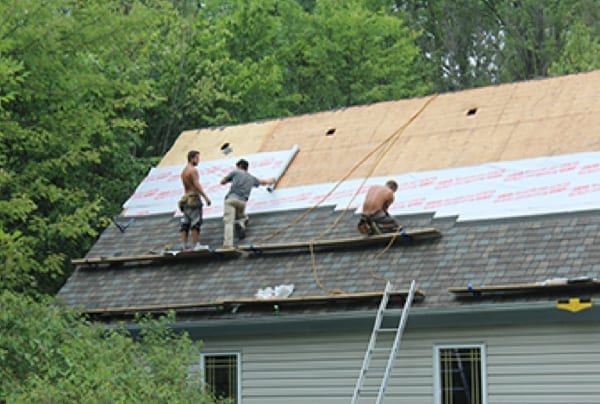
- It protects your roof deck while you work on it
Roofing felt prevents the deck from being exposed to the elements before, or while, the shingles are being applied.
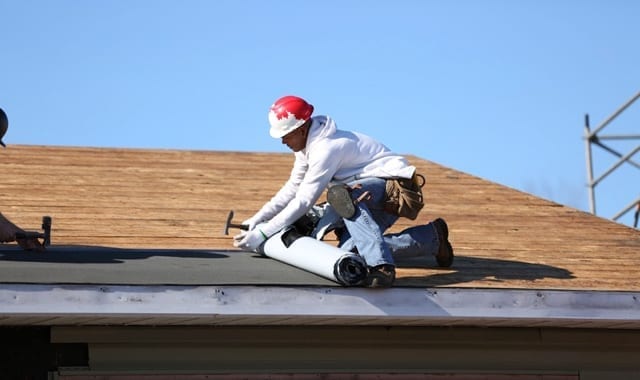
- It improves look and uniformity
Because your roof deck might not lie perfectly straight or flat, a layer of roof paper gives an even, uniform surface upon which you can install your shingles. It can help prevent the “picture framing” effect, or the pattern of your wood decking telegraphing through your shingles, by providing an extra layer on top of uneven wood.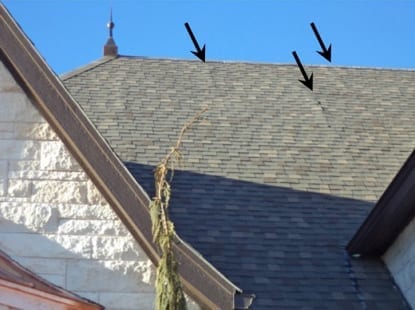

- It prevents wood resin stains
When you use certain types of wood to construct your deck, there is sometimes a risk the wood will leach small amounts of resin over time as it ages. Having a layer of roof felt will block the resin, preventing it from staining or compromising your roof shingles.
When to use roof underlayment
No matter what type of asphalt shingle you are using, whether traditional or more robust styles (such as under premium designer, architectural and performance shingles) it is recommended to use a underlayment.
Which weight is right for your project?
For many years, roofers used asphalt saturated felt under roofing shingles, and it was historically available in two standard weights: 15 pounds per hundred square feet and 30 pounds per hundred square feet. The 15 pound was for lighter weight projects, while the 30 offered more heavy duty protection. Today, the actual weights have changed, but the categories have stuck.
| No. 15 | No. 30 |
|---|---|
| Use a single layer of this thinner product for lighter duty projects, and steeper pitched roofs (which allow water to run off easier). | Use one or two layers of this thicker product for superior protection. |
| In some cases, a synthetic underlayment can be used as a suitable alternative. | Use especially under slate or tile shingles. |
| This is the minimum weight many professional associations recommend, and many building codes require. | Consider for slopes between 2:12 and 4:12 which are more prone to wind-driven rain. |
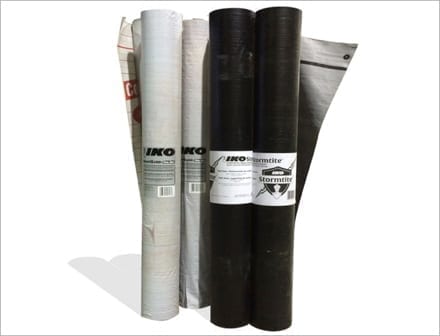
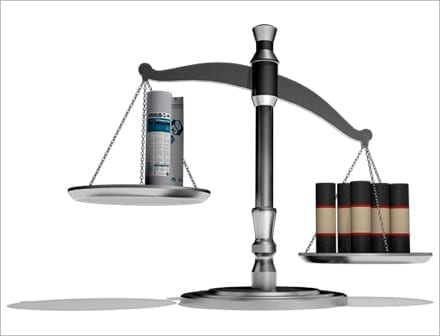
How much roofing felt do I need?
Roofing felt is sold in rolls and the product label will give information on the area contained. Divide the area of your roof by the area of the felt rolls you plan to use, and allow an approximate 10% extra for waste.
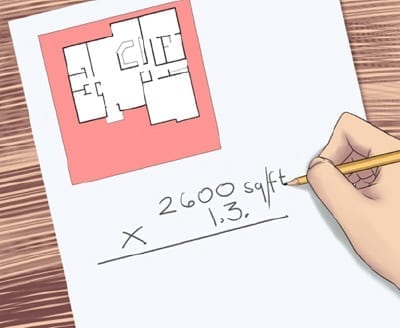

No matter what residential roofing project you’re undertaking, using a felt or synthetic underlayment just makes “good roofing sense.”


Do You Nail or Staple Roofing Felt?
In general, you may use nails or staples to secure the roofing felt to the decking. However, you should check with your product’s application instructions to see if the manufacturer recommends or requires a certain kind of fastener. In addition, the manufacturer’s instructions should indicate which side of the roofing felt goes down if that matters for the specific product.
Can Roofing Felt be Glued?
Roofing felt products should not be glued to the decking in lieu of using nails or screws. However, on low-slope roof applications from 2:12 to 4:12, roofers may use adhesive on felt. If you have a low-slope roof, your roofer may need to use roofing felt adhesive to bond together multiple layers of roofing felt or to secure sections that overlap. The specific manufacturer’s instructions are the best source of knowledge on whether any individual product should be glued down and in which circumstances.
Synthetic membrane underlayments, on the other hand, may have built-in self-adhesive, which glues them down to the decking.
Can you Install Shingles Over Felt that has Frost or Snow?
No, you should not install shingles over roofing felt that has collected frost or snow. Roofing underlayment may be left uncovered for short periods, but it still needs to be completely dry before you can add shingles on top.

